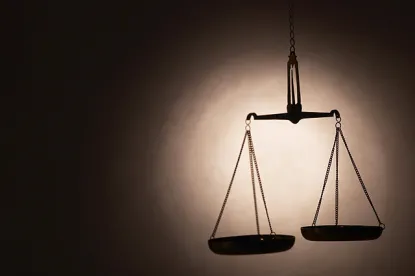Two questions (among many) tend to vex class action practitioners. Does a court have to look at the merits of the Plaintiff’s case at the certification stage of a class action? Similarly, does the Plaintiff have to link his theory of liability and his theory of damages at the class certification stage? The Supreme Court provided significant insight into the answers to both of these questions when it reversed the judgment of the Third Circuit Court of Appeals in the case of Comcast v. Behrend yesterday.
Plaintiffs were cable television subscribers who sued Comcast claiming that Comcast monopolized Philadelphia's cable market and excluded competition in violation of federal antitrust laws. To prove their case, Plaintiffs used an expert damages model that was not based on their particular theory of liability, but rather evidence supposedly common to everyone in the class. Comcast argued the model was based on erroneous assumptions and common proof of damages was impossible given significant differences among the class members.
Both the District Court and the Third Circuit certified the class on the grounds that Comcast’s arguments were "attacks on the merits of the [Plaintiffs’ experts’] methodology" which have "no place in the class certification inquiry." Indeed, because the expert damages model "establish[ed] that the alleged damages are capable of measurement on a class-wide basis using common proof," Plaintiffs had met their burden.
The Supreme Court found this reasoning erroneous. It repeated language from its recent decision in Wal-Mart v. Dukes that a "rigorous analysis" must be performed at the class certification stage, and that it "may be necessary for the court to probe behind the pleadings before coming to rest on the certification question." Specifically, the Supreme Court held that the Third Circuit erred in refusing to decide whether the plaintiff expert's proposed damages model could show damages on a class-wide basis.
The Supreme Court also found error in that the Third Circuit's approach to class certification would have allowed plaintiffs to obtain certification without showing a link between their damages model and their theory of liability. "[A]t the class-certification stage (as at trial), any model supporting a ‘plaintiff’s damages case must be consistent with its liability case’." Citing the Federal Judicial Center's Reference Manual on Scientific Evidence, the majority held, "'the first step in a damages study is the translation of the legal theory of the harmful event into an analysis of the economic impact of that event.' The District Court and the Court of Appeals ignored that first step entirely."
If the Third Circuit’s reasoning had been allowed to stand, this would have significantly lowered class plaintiffs' burden under Rule 23 and resulted in the certification of many more non-meritorious class actions. The vote was 5-4. Justice Scalia wrote the majority decision, with Justices Breyer, Ginsburg, Sotomayor and Kagan dissenting.






 />i
/>i
